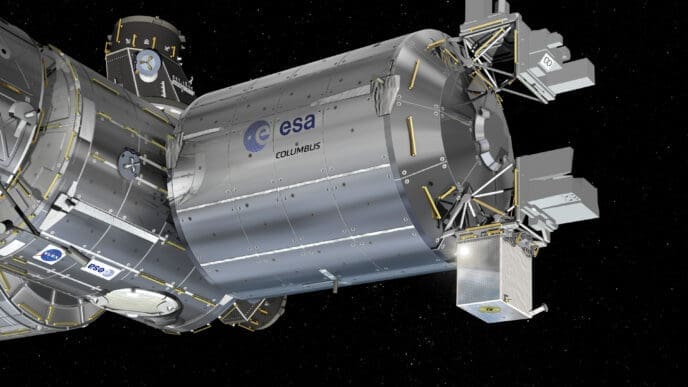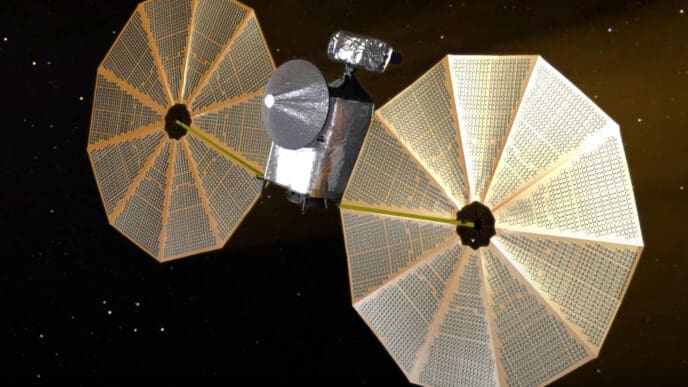In a significant step for lunar exploration, the Blue Ghost lander, developed by Firefly Aerospace, has reached NASA’s Kennedy Space Center. This mission, under NASA’s Commercial Lunar Payload Services (CLPS) program, marks a collaborative effort to deliver scientific payloads to the moon using commercial services, highlighting the innovative capabilities of American private industry.
The Blue Ghost Mission 1, aptly named Ghost Riders in the Sky, is set for its lunar journey with an anticipated launch no earlier than mid-January. The lander will be propelled by SpaceX’s Falcon 9 rocket, alongside the private Japanese moon lander Resilience. Joel Kearns, associate administrator of NASA’s Science Mission Directorate, emphasized the mission’s role as part of NASA’s Artemis program, which involves robotic exploration of the lunar surface. Utilizing public-private partnerships, NASA aims to leverage technological innovations to achieve its goals on the moon.
As part of the mission, the Blue Ghost lander will carry 10 NASA payloads and technology demonstrations. These include investigations into solar wind interactions with Earth’s magnetic field, studies of lunar geology and regolith composition, and pioneering technology tests. Among these, the mission will evaluate radiation-resistant computer hardware, explore electrostatic dust repulsion techniques, and examine a GPS-like navigation system tailored for the moon’s environment.
One of the key payloads is the Next Generation Lunar Retroreflector (NGLR), which will serve as a reflective target for laser pulses from Earth, aiding in precise distance measurement between the Earth and the moon. Other significant experiments include the Regolith Adherence Characterization (RAC) study of material abrasion, the Lunar Environment Heliospheric X-ray Imager (LEXI) focusing on space weather, and the Lunar Instrumentation for Subsurface Thermal Exploration with Rapidity (LISTER), which will drill for heat flow measurements.
Another notable demonstration is the Electrodynamic Dust Shield (EDS), designed to manipulate and clear harmful dust using electric fields. The Lunar Magnetotelluric Sounder (LMS) will analyze solar wind interactions to assess the moon’s interior electrical conductivity, while the Lunar PlanetVac (LPV) will innovate sample collection using pneumatic methods. Additionally, the Stereo Cameras for Lunar Plume-Surface Studies (SCALPSS) will capture imaging data during descent, examining engine interactions with moon dust.
A highlight of the mission is the Lunar GNSS Receiver Experiment (LuGRE), which aims to test Earth’s Global Navigation Satellite System for use in lunar navigation. The 60-day mission will involve the spacecraft spending 25 days in Earth orbit, transitioning to lunar orbit and eventually landing autonomously on the moon. After landing, the mission will last 14 Earth days—a full lunar day—before the lander loses power as night falls.
High-definition images from the lunar surface are expected to be transmitted shortly after landing. Before its batteries deplete, Blue Ghost will observe a solar eclipse and aim to document a phenomenon known as horizon glow, last seen by Apollo astronaut Eugene Cernan. This event promises to provide unique insights and contribute to NASA’s understanding of lunar conditions, supporting future colonization efforts.
The upcoming launch of Firefly Aerospace’s Blue Ghost mission symbolizes a vital advancement in lunar exploration. By integrating American private industry innovations with NASA’s scientific goals, the mission is set to enhance our knowledge of the moon and help pave the way for sustained human presence as part of the Artemis initiative.
Source: Space












